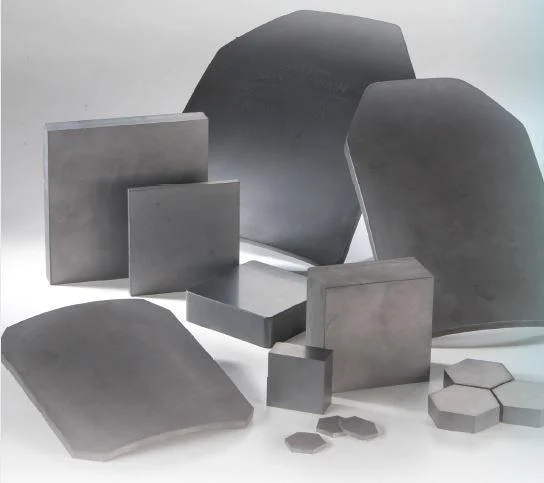News
-
Brazing of ceramics and metals
1. Brazeability It is difficult to braze ceramic and ceramic, ceramic and metal components. Most of the solder forms a ball on the ceramic surface, with little or no wetting. The brazing filler metal that can wet ceramics is easy to form a variety of brittle compounds (such as carbides, silicides...Read more -
Brazing of refractory metals
1. Solder All kinds of solders with temperature lower than 3000 ℃ can be used for W brazing, and copper or silver based solders can be used for components with temperature lower than 400 ℃; Gold based, manganese based, manganese based, palladium based or drill based filler metals are usually used...Read more -
Brazing of active metals
1. Brazing material (1) Titanium and its base alloys are rarely brazed with soft solder. The brazing filler metals used for brazing mainly include silver base, aluminum base, titanium base or titanium zirconium base. Silver based solder is mainly used for components with working temperature less ...Read more -
Brazing of copper and copper alloys
1. Brazing material (1) The bonding strength of several commonly used solders for copper and brass brazing is shown in table 10. Table 10 strength of copper and brass brazed joints When brazing copper with tin lead solder, non corrosive brazing flux such as rosin alcohol solution or active rosin...Read more -
Brazing of aluminium and aluminium alloys
1. Brazeability The brazing property of aluminum and aluminum alloys is poor, mainly because the oxide film on the surface is difficult to remove. Aluminum has great affinity for oxygen. It is easy to form a dense, stable and high melting point oxide film Al2O3 on the surface. At the same time, a...Read more -
Brazing of stainless steel
Brazing of stainless steel 1. Brazeability The primary problem in stainless steel brazing is that the oxide film on the surface seriously affects the wetting and spreading of solder. Various stainless steels contain a considerable amount of Cr, and some also contain Ni, Ti, Mn, Mo, Nb and other e...Read more -
Brazing of cast iron
1. Brazing material (1) Brazing filler metal cast iron brazing mainly adopts copper zinc brazing filler metal and silver copper brazing filler metal. The commonly used copper zinc brazing filler metal brands are b-cu62znnimusir, b-cu60zusnr and b-cu58znfer. The tensile strength of the brazed cast...Read more -
Brazing of tool steel and cemented carbide
1. Brazing material (1) Brazing tool steels and cemented carbides usually use pure copper, copper zinc and silver copper brazing filler metals. Pure copper has good wettability to all kinds of cemented carbides, but the best effect can be obtained by brazing in the reducing atmosphere of hydrogen...Read more -
Brazing of carbon steel and low alloy steel
1. Brazing material (1) Brazing of carbon steel and low alloy steel includes soft brazing and hard brazing. The widely used solder in soft soldering is tin lead solder. The wettability of this solder to steel increases with the increase of tin content, so the solder with high tin content should ...Read more -

Four sintering processes of silicon carbide ceramics
Silicon carbide ceramics have high temperature strength, high temperature oxidation resistance, good wear resistance, good thermal stability, small coefficient of thermal expansion, high thermal conductivity, high hardness, heat shock resistance, chemical corrosion resistance and other excellent ...Read more -
Debinding & sintering
What’s Debinding & sintering: Vacuum debinding and sintering is a process required for many parts and applications, including powdered metal parts and MIM components, 3D metal printing, and beading applications like abrasives. The debind and sinter process masters complex manufacturing requir...Read more -
Carburizing & Nitriding
What’s Carburizing & Nitriding Vacuum Carburizing with Acetylene (AvaC) The AvaC vacuum carburizing process is a technology that uses acetylene to virtually eliminate the soot and tar formation problem known to occur from propane, while greatly increasing carburizing power even for blind or t...Read more
